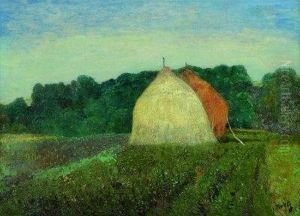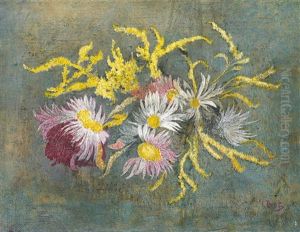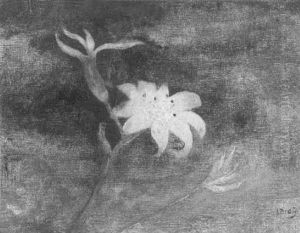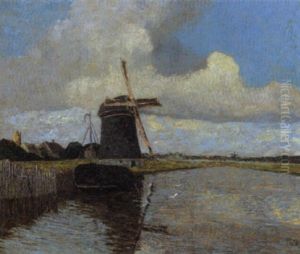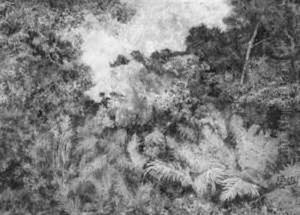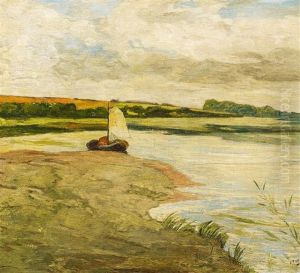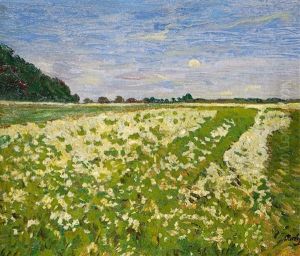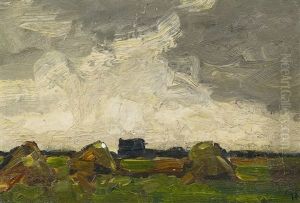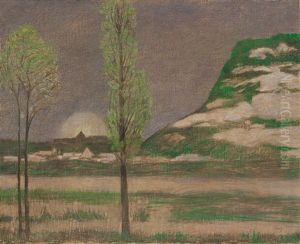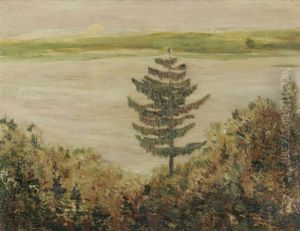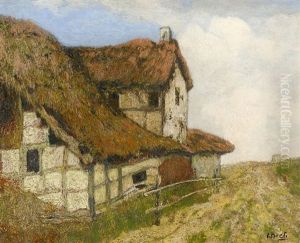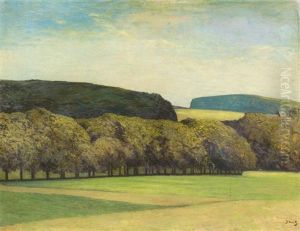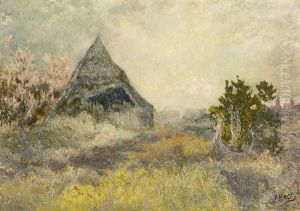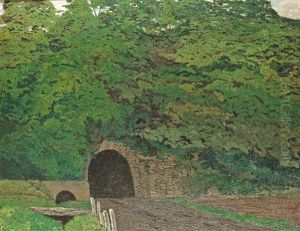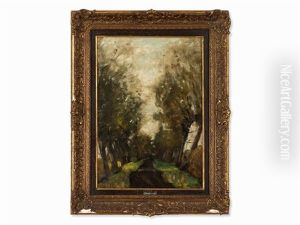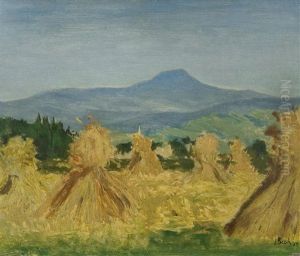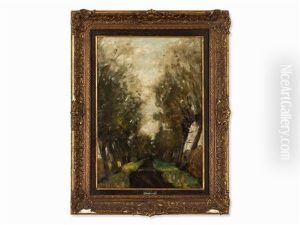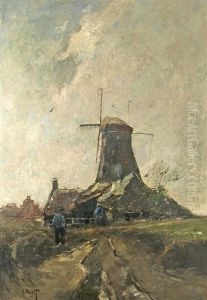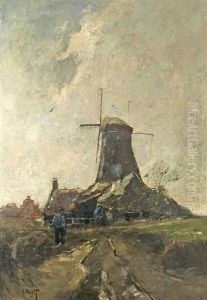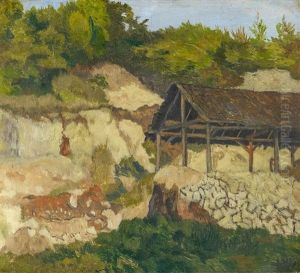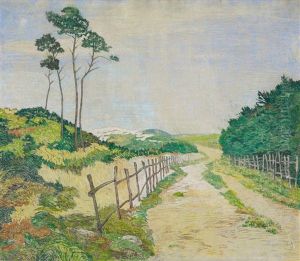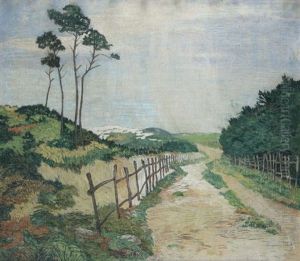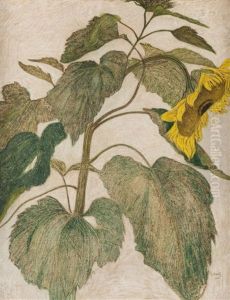Julius Bretz Paintings
Julius Bretz was a German painter, born on September 1, 1870, in Mülheim am Rhein, which is now a district of Cologne. He was particularly known for his landscape paintings, although his artistic range also included still lifes and figure paintings. His style was influenced by the Impressionist and Post-Impressionist movements, which is evident in his use of light and color to convey the atmosphere of the landscapes he depicted.
Bretz began his artistic education at the age of 16 when he started studying at the Kunstgewerbeschule (School of Applied Arts) in Düsseldorf. He later continued his studies at the Düsseldorf Academy of Fine Arts, which was well known at the time for fostering the talents of many prominent artists. During his formative years, he was influenced by the works of the Barbizon School and the Dutch landscape painters of the 17th century.
After completing his education, Bretz traveled extensively, drawing inspiration from the different landscapes he encountered. He spent significant time in Italy, particularly on the island of Ischia in the Gulf of Naples, where the Mediterranean scenery had a profound impact on his work. The light and color of this region, as well as the way of life of its inhabitants, can be seen reflected in many of his paintings.
Throughout his career, Julius Bretz exhibited in numerous venues and gained recognition for his contributions to German art. He was a member of the 'Malkasten', a prestigious artists' association in Düsseldorf, and the 'Deutscher Künstlerbund', an important union of German artists. Bretz's work encapsulates a transition from the more rigid academic styles of the 19th century to the freer, more expressive modes of the early 20th century.
The outbreak of World War I and the turmoil that followed in Germany affected Bretz deeply, as it did many artists of his time. However, he continued to paint and maintained his artistic output throughout his life. Julius Bretz passed away on January 5, 1953, in Düsseldorf. His legacy is preserved in the form of his vibrant landscapes and still lifes, which are featured in several German museums and private collections.
